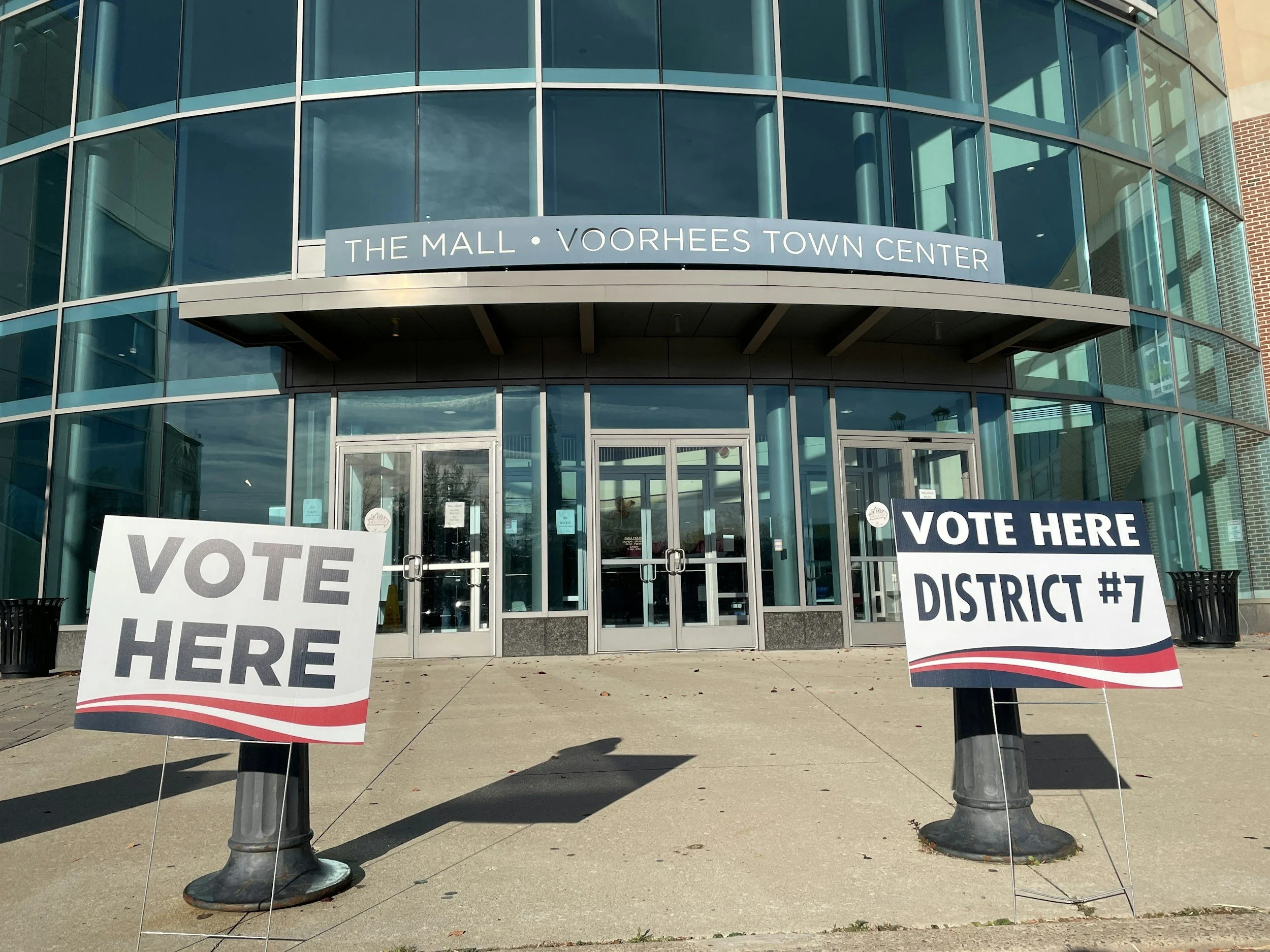By: Vivek Mishra
This article originally appeared in Financial Express on November 4, 2024.
A rush of excitement and exhaustion is perhaps the best way to describe the feelings among Americans and non-Americans alike, hours away from the voting day on November 5. Within the country, one of the tightest races in US presidential election history has epitomised the larger political divide which exists in American society today. All important issues at stake in this election including abortion, inflation, and immigration have divided the nation into almost equal halves. On the outside, countries, markets, and international institutions are on the edge, living with two possibilities until the winner is declared in the US and the losing side accepts it.
Most nationwide polls, including the Times/Siena national poll, have found that Donald Trump and Kamala Harris are “deadlocked to the end”. Since Harris entered the race, it has been a “game of inches”, as aptly called by California Governor Gavin Newsom. The initial hopes ushered in by the euphoria surrounding Harris’ entry in the race gave her a substantive lead in polls over Trump, with race, gender, and age being largely in her favour. The Democratic Party also managed to break all records in fundraising in the weeks following Harris’ confirmation as the presidential candidate, outspending the Republican Party. These advantages seem to have tempered in the days that followed, with Trump having narrowed the gap with Harris. The subtle sways on specific issues continue, even as both candidates have made the last dash to the critical swing states, with Michigan, Pennsylvania, and Wisconsin being at the helm.
In the final days, the clamour of both campaigns has grown, with more name-calling and ad hominem attacks, especially from the Republican Party. Because the race could be eventually decided by a few thousand votes, both parties are out to get the last votes that they can by swaying the undecided voters and even changing their minds. As the Maddison Square rally in New York by the Republican Party recently showed, the heated rhetoric of the last few days threatens to overshoot the runway. Some polls indicate that the seemingly racist jokes and reference to Puerto Rico as a “floating island of garbage” by a comedian at Trump’s rally may have cut into his support. Many of the close to 1 million Puerto Ricans living in the swing states are not happy and some may even vote against Trump just because of the comment.
Perhaps one sentiment which could unravel as potential gain for either party is that an overwhelming majority (76%) of Americans feel that US democracy is under threat and only 20% believe that it is not. While Harris represents the change for those who think that Trump may be the actual cause for that, Trump’s camp is convinced that the last four years of the Biden-Harris administration is responsible for it. Harris openly calls Trump a “threat to democracy” and Trump quotes his “favourite chart” in all his campaign rallies to tell his supporters that he left the Biden administration with the lowest numbers on migration and inflation and both stand much worse now.
In the final leg of the home stretch, Trump may have levelled the poll numbers with Harris, but grounds beneath visible trends continue to shift. For instance, the state of the economy, which is still the number one issue — one where Trump seems to be ahead of Harris in polls — has his edge shrinking in recent days. Among other interesting trends which are shifting in the final days of the campaign is the growing support for Trump among Arab Americans, exemplified by the open support of Amer Ghalib, the Muslim mayor of Hamtramck in Michigan which has one of the largest Muslim populations of Arab Americans among the swing states.
Behind some of these shifts is the purchase that Trump’s promise of ending the wars in West Asia and Ukraine have received with voters. There seems to be a greater consensus among voters that Trump might be able to stop the ongoing wars in West Asia and Europe, regardless of what his deals could mean for either Ukraine or the question of the two-state solution for Palestine. Trump certainty has the advantage in his narrative when he tells voters that America did not get sucked into a foreign war under his watch. For Harris, the international question remains mired in her legacy as the vice president in the Biden administration. A potential Harris administration cannot be seen as throwing either Ukraine or Israel under the bus, nor can she remain silent on the question of Palestine. As such, her campaign has struggled to strike the balance on critical foreign policy issues, juggling two very different purposes. While to Harris’ advantage, issues of foreign policy may not ring loud among pressing domestic priorities, Trump may have the divisiveness churned by the Gaza war and the political fatigue in his favour.
In all the campaign rhetoric, India has managed to escape the broader negative rhetoric. In fact, unlike his earlier campaign speeches, Trump has de-hyphenated India from China when talking about tariffs and has flagged the attack on Hindus in Bangladesh, which could play into a shifting voting trend among Indian Americans away from the Democratic Party, their traditional choice. Harris, while mostly keeping India out of her campaign, has tweeted her childhood photo with her “proud” Indian mother in an effort to recover lost ground when it comes to wooing Indian Americans. On India, the bipartisan consensus in DC is likely to override any one candidate’s biases.
Meanwhile, the world awaits a peaceful political transition in the US after the election.
Vivek Mishra is a Visiting Fellow at ORF America.

